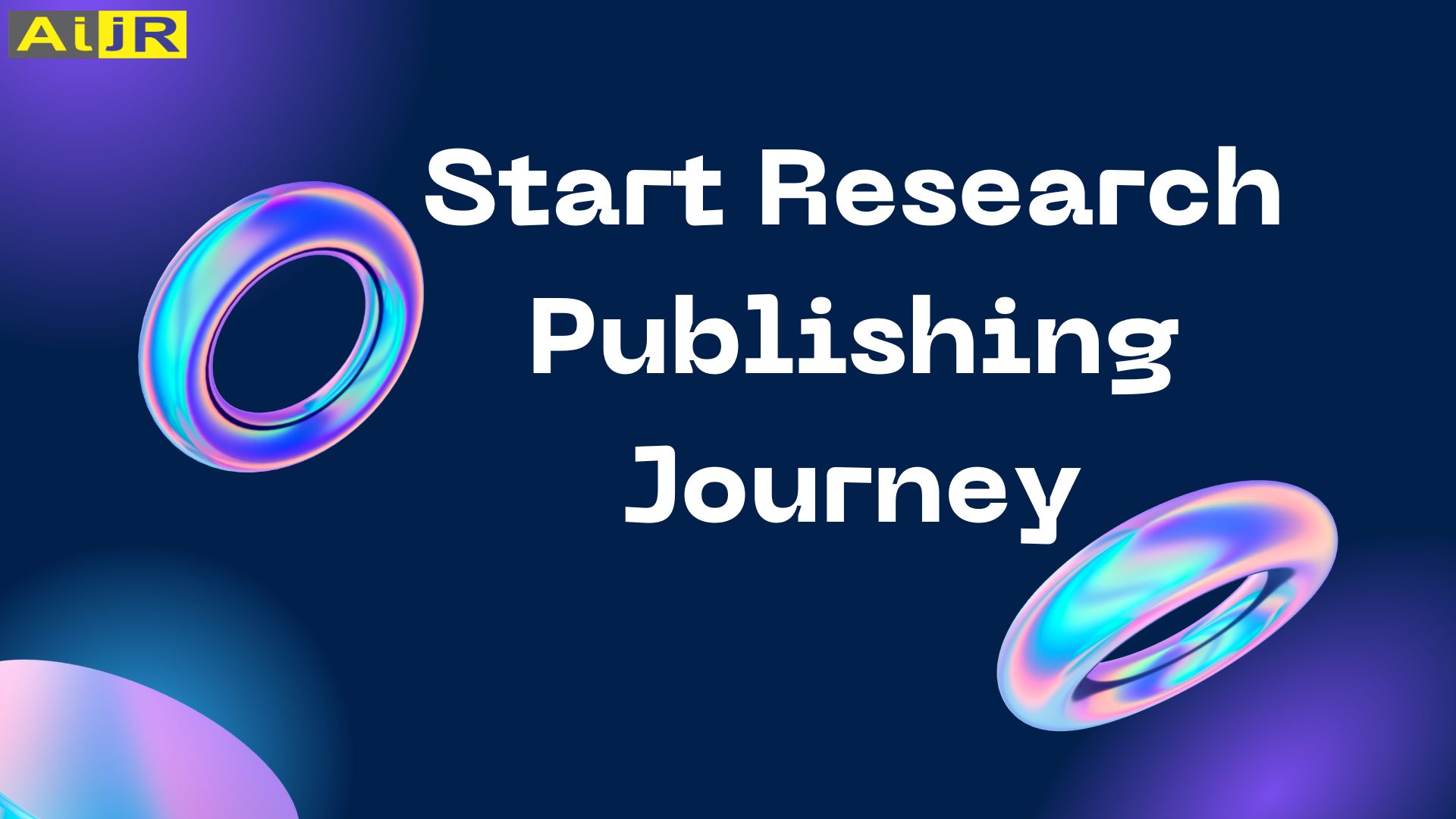With a firm grasp of publication guidelines, researchers can start their research publishing journey on the right foot. By carefully reviewing and adhering to the formatting, style, and word count requirements of their target journal or conference, researchers showcase their professionalism and attention to detail. This meticulous approach increases the chances of acceptance and demonstrates respect for the publishing process.
Choosing the right journal or conference is paramount for maximizing the impact of the research. Researchers should consider the scope, reputation, target audience, and indexing of the publication to ensure that their work aligns with its aims and scope. Targeting reputable and well-indexed journals increases the visibility and reach of the research, fostering recognition within the academic community and increasing the chances of impactful dissemination.
Rigorous literature reviews form the foundation of any research publication. By conducting comprehensive searches and critically analyzing existing literature, researchers can identify research gaps, build upon previous work, and position their study within the broader context of their field. This not only ensures the originality of their research but also strengthens the significance and relevance of their findings.
Citing sources appropriately is crucial to acknowledge the contributions of other scholars and to avoid plagiarism. Researchers must familiarize themselves with the citation style recommended by their target publication and consistently apply it throughout their manuscript. Accurate and consistent citations lend credibility to their work and allow readers to explore the referenced sources for further understanding.
To ensure the originality of their content, researchers should utilize plagiarism detection tools before submitting their manuscripts. These tools compare the text against an extensive database of published works, flagging any similarities or potential instances of plagiarism. By using such tools, researchers can address any issues proactively, ensuring that their work is authentic and free from unintended plagiarism.
Seeking feedback from trusted peers and mentors is a valuable step in the publishing process. By sharing their manuscript with colleagues in their field, researchers can gain fresh perspectives, identify areas of improvement, and strengthen their arguments. Peer review offers valuable insights that can enhance the overall quality of the manuscript. Mentors who have experience in research publishing can provide guidance on manuscript structuring, journal selection, and navigating the revision and resubmission process.
Optimizing the abstract and title of a manuscript is essential for attracting readers and garnering attention from journal editors. A concise, informative, and engaging abstract that succinctly captures the objectives, methods, and key findings of the study can entice readers to delve deeper into the research. Likewise, a well-crafted title that accurately reflects the content of the paper and sparks curiosity can make a significant difference in attracting potential readers.
Research publishing is a crucial aspect of a researcher’s career, and it requires attention to detail, ethical conduct, and strategic decision-making. By following these tips, researchers can navigate the publishing landscape effectively, ensuring the originality of their work, maintaining academic integrity, and maximizing the impact of their research within their respective fields.

